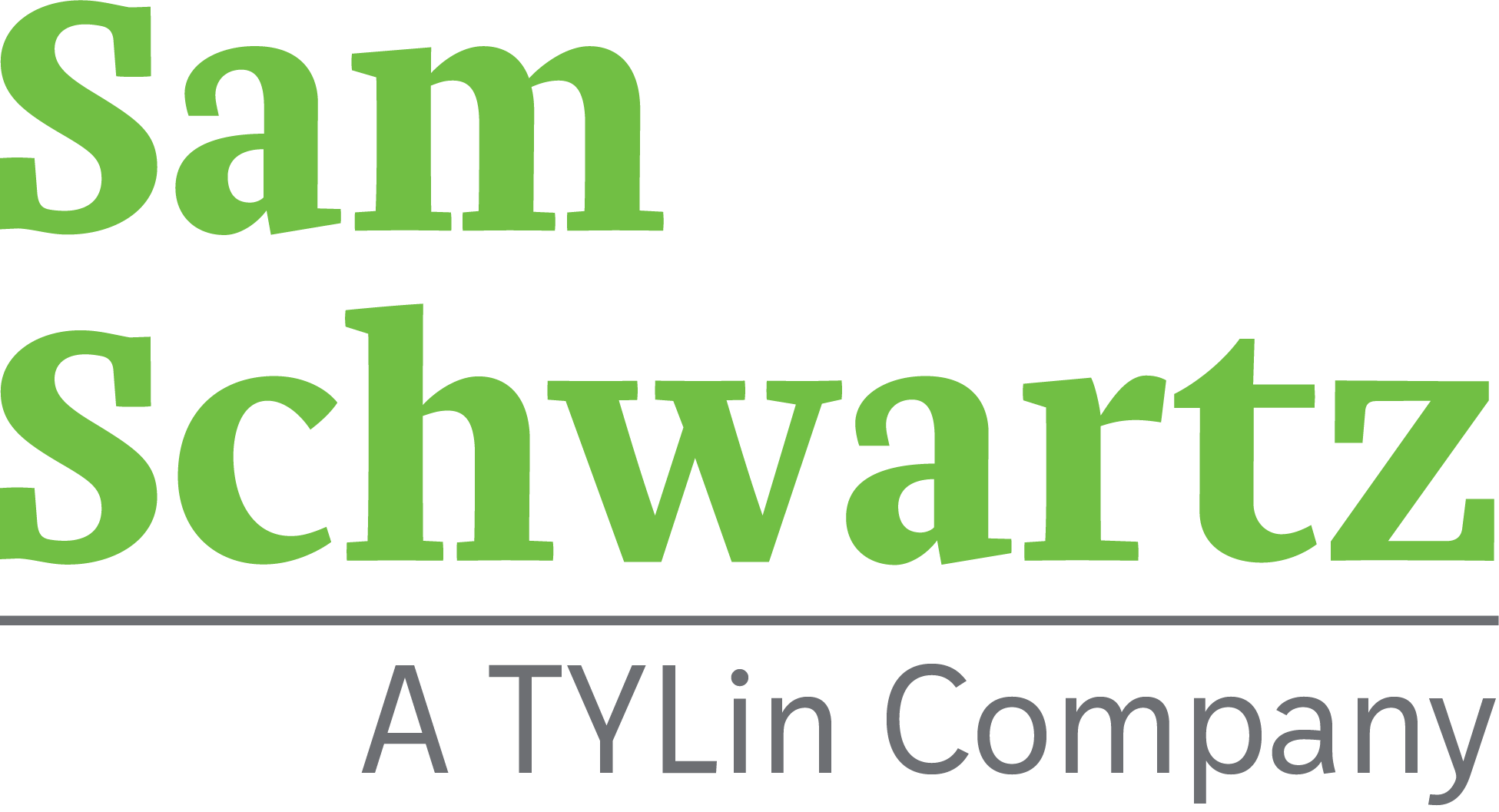Politics and Planning: Lessons Learned
By Ramond Chiaramonte, FAICP, Senior Planner
Every planner knows: context is key. One of the most crucial pieces of context to navigate in planning, especially when the public sector is involved, is politics. Over the course of a somewhat-unique career in the planning field, I have seen multiple changes in the politics of planning nationally and in Florida, where I practice.
My planning career began in 1972 as a planning technician at the Hillsborough Planning Commission (Tampa). Over the course of my career, I participated and oversaw the development of updates to Comprehensive Plans for four local governments and the MPO.
When I started as a tech, planning was not well-accepted by local elected officials. The Planning Commission was created by state mandate in 1959 and put in an independent role separate from local government to make recommendations, but elected officials did not really have to follow them. The public, too, was often opposed to planning; many property owners rejected the idea government should have any role in land use. At the time, a large part of Hillsborough County was still not even zoned.
When you are in this position, your only power is to build support for your ideas. To that end, I led efforts to educate elected officials and citizens on a variety of planning principles, one of the most important being the relationship of land use and transportation. My goal was always to involve regular people in the planning process, to help them realize what a difference it can make in the quality of our lives. This helped build support at the local level, which led to outcomes like the creation of over 20 special overlay plans for the different communities in Hillsborough County.
In the mid-1980s, I spent several years in the private sector. By the time I returned to the Planning Commission in 1987, the politics had changed dramatically.
Florida had just adopted the most sweeping planning legislation in the nation (along with Oregon). The Planning Commission was now the legally-designated entity for long-range planning, and local officials had to work with it. An Urban Service Area, Neighborhood Plans, and Public Participation Planning were also mandated by state law. These policies created new norms, bringing in a decade of good planning decisions which still hold today. Even when state government removed most requirements for local planning in the 2000’s, they stayed part of the process at the local level. That’s because they were by then supported by community members and elected officials, who understood the importance of effective, safe planning.
Participation in planning continued to evolve in tandem, with more mechanisms for ongoing involvement. In the 1990's, when many roads in the community were being widened, I advocated strongly for including trees and plantings along the roadways to make them "livable". It was a hard-fought battle, but in addition to the trees getting planted, a "Livable Roadways Task Force" was established. This continues as a standing committee today, bringing together people from across the county to ensure that roads are designed to include people, not just cars.
The public and officials were increasingly receptive to new development forms. During my break from government, I had worked for a residential developer who approached homebuilding from the perspective of neighborhood building—a concept regarded as cutting edge at the time. This work made me an early supporter of New Urbanism, the emerging movement focused on walkable, mixed-use planning, designing a high-quality built environment, and protecting the natural one. I was inspired to bring these practices to Hillsborough County and Tampa. In 1997 I organized a major tour of Celebration, a planned community developed by Disney outside Orlando. As a result of the tour, Hillsborough County’s first New Urbanist community, West Park Village, was created.
Integrating land use and transportation planning, which I had been advocating for decades, also became more widely supported in the 2000s. My dual appointment as Executive Director of the Planning Commission and the MPO in 2012 put me into a unique position to advance the issue. I reorganized the staff's focus from managing growth to proactively promoting job creation, redevelopment, and the integration of transportation and land use, with the goal of sustainable economic development. The reorganization saved the agency money and refocused resources on building alliances with the jurisdictions to work on projects where there was agency agreement, while maintaining the independent oversight role of the Planning Commission.
Through shifting trends in planning, the key to navigating has always been this: you must learn to speak the language of the times. You must understand the political culture of the moment, working to build alliances with both constituents and elected officials on projects in which they can believe. As the political climate changed over the course of the 80s, 90s, and 2000s to a more fiscally-driven approach, we as planners had to message the same projects in different ways. Roadway beautification was increasingly framed around safety. Historic preservation efforts focused on promoting unique economic development opportunities. New Urbanism became not just a way to build a well-connected community, but also to increase the tax base of a city neighborhood.
The paradigm is once again shifting. There is an increasing focus on fairness and equity, with growing support for affordable housing, alternative transportation modes, and many other exciting ideas. We are also entering a period of higher levels of federal funding via the Bipartisan Infrastructure Law and other legislation, providing new opportunities, including the implementation of existing plans that have just been waiting for financing. The need for planners, now as ever, is to be aware of the state of planning politics, and be ready to navigate that framework to create a better future.




